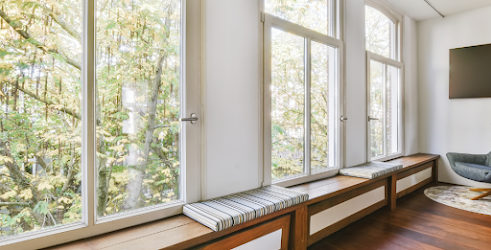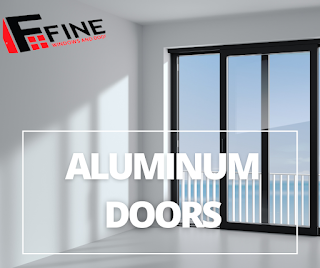Modern Architectural Trends: Emphasizing Aluminum Windows
Sleek Aluminum Window Designs
Aluminum windows are pivotal in modern architecture due to their ability to accommodate slim profiles. This approach enhances the glass area while reducing frame visibility, a popular trend in contemporary design settings. In contrast to vinyl windows, aluminum frames are crafted to be much thinner, offering a more refined and modern aesthetic.
Diverse Color and Finish Choices
Aluminum windows provide a wide selection of colors and finishes, such as anodized, powder-coated, and even faux-wood options. This diversity is typically absent in vinyl windows, which are limited in color choices and prone to fading.
Boosting Structural Strength
The robust nature of aluminum permits the construction of larger windows that admit more natural light without sacrificing the thermal efficiency of the building. This feature is crucial in contemporary design, which favors expansive, seamless glass areas.
Promoting Sustainable Construction Practices
The recyclability and durability of aluminum make it an outstanding material for eco-conscious construction practices. It is increasingly favored in sustainable building projects, aligning with the growing desire to minimize environmental impacts in architecture.
Affordability in Large-Scale Applications
Aluminum windows are particularly cost-effective for large-scale projects due to their durability and low maintenance requirements. They represent a wise choice for commercial and upscale residential structures, providing superior long-term value compared to vinyl.
Tailored Solutions for Distinctive Architectural Designs
Thanks to its malleability and strength, aluminum is suited for custom-designed windows that meet specific architectural demands. This flexibility is a significant advantage over vinyl, which offers limited customization and is generally unsuitable for non-standard applications.




Comments
Post a Comment